Sawfish eDNA, USA
Gregg will use environmental DNA (eDNA), a scientific method that marine biologists have only recently begun to employ, to track sawfishes in Florida. He will determine whether they still use the same nursery areas that they used in the past and learn about their range and whether that range is expanding.
I’m a water guy. I grew up near Lake Ontario in upstate New York and my family vacationed in watery spots like smaller lakes and campgrounds near rivers. The ocean is different though. Just before middle school, we made a trip to Maine and that’s where I saw the ocean for the first time. After that trip, I knew I’d need to spend more time near and in the ocean. Science was always my favourite subject, but my interests within it were broad and I wanted to keep my options open as the time came to choose a career. However,...
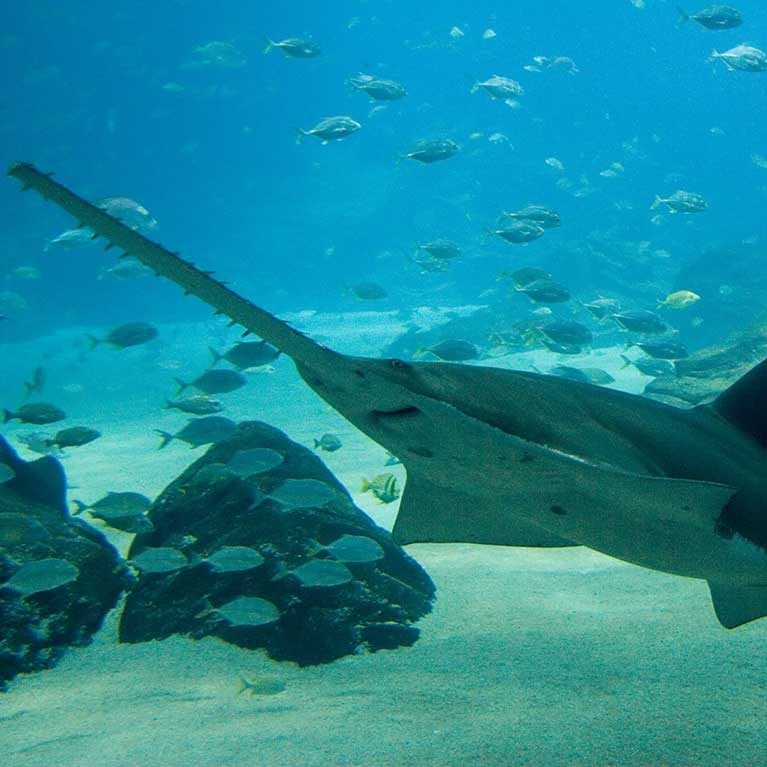
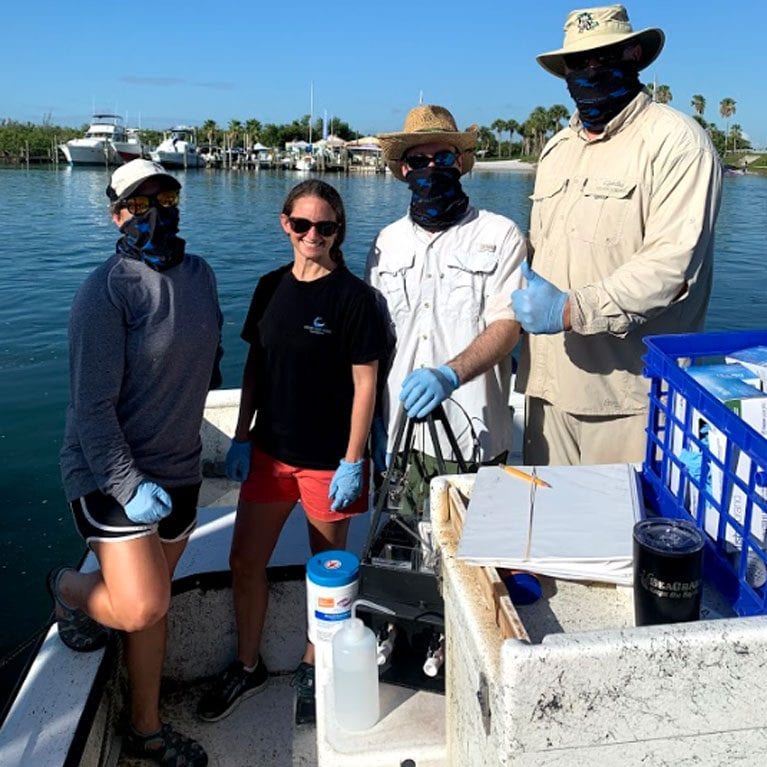
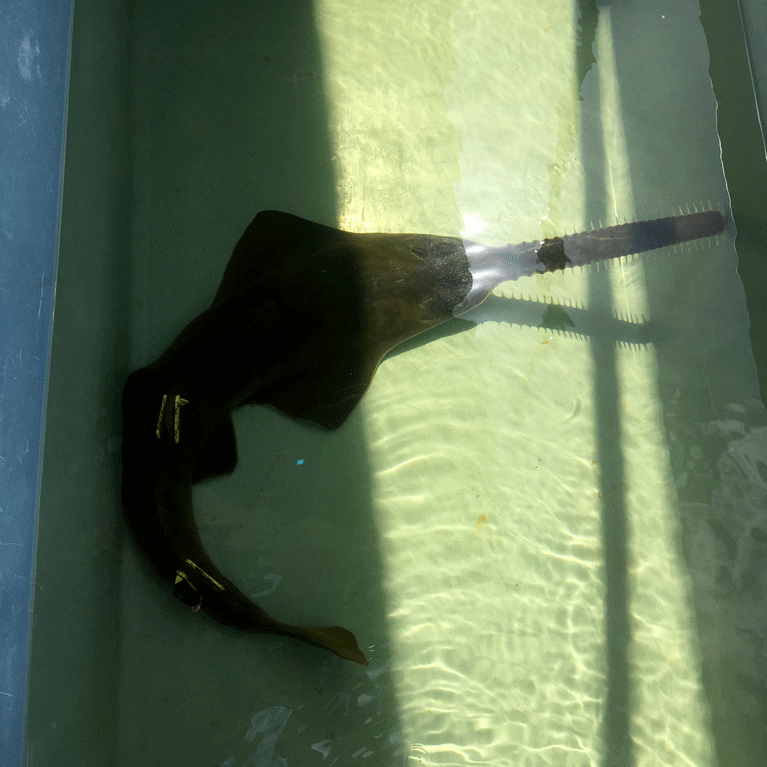
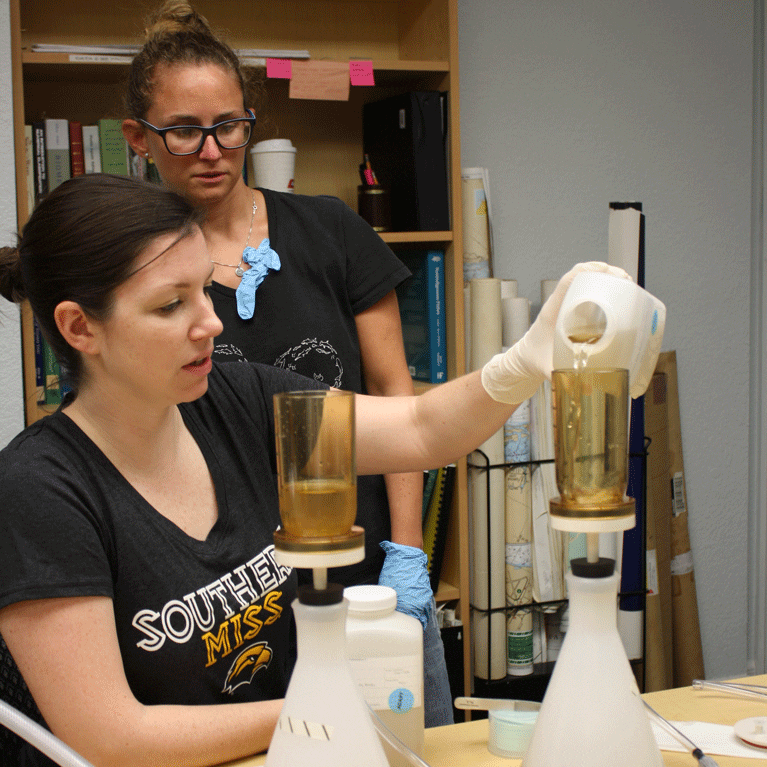
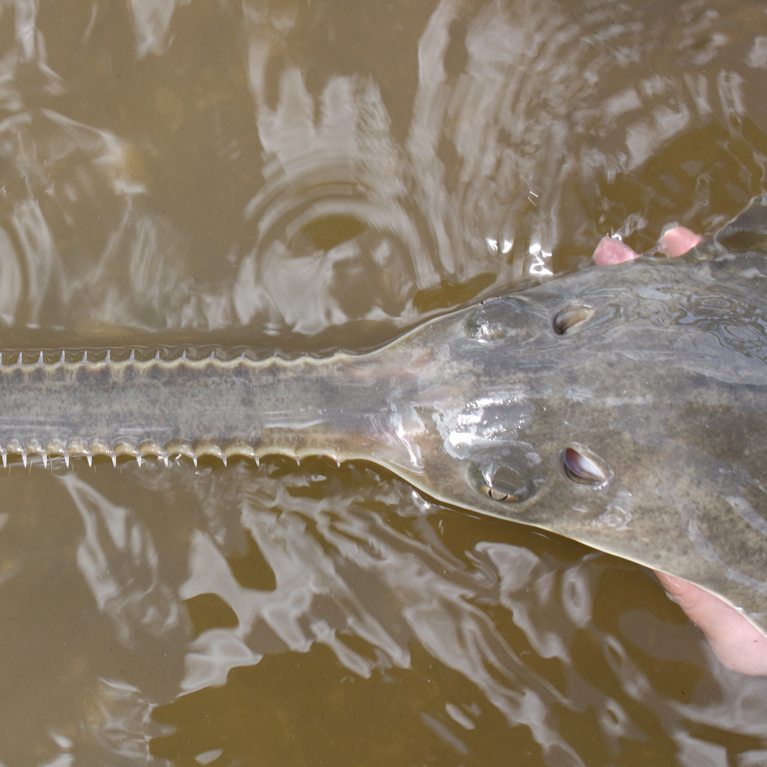
Using environmental DNA to detect smalltooth sawfish in current and historical nursery sites
(1) Establish methods for identification of smalltooth sawfish eDNA using existing knowledge and samples; (2) Determine the current presence/absence of smalltooth sawfish in two estuaries outside the current range; and (3) determine differences in interannual presence/absence in the same two estuaries as well as presence/absence patterns in two additional estuaries.
This project was identified and prioritized from discussions at the Smalltooth Sawfish Recovery Plan Implementation Team meeting April 5–7, 2016. This team comprises members from scientific and conservation backgrounds that belong to state, federal, and nongovernment organizations. This meeting was held to revise specific recovery criteria related to downlisting and delisting according to the US Endangered Species Act and to incorporate these revised criteria into the recovery plan. The existing recovery plan requires a healthy population of juveniles in the Indian River Lagoon on Florida’s east coast before downlisting or delisting can occur; however, at this meeting, some team members were skeptical of the historical importance of the Lagoon as a nursery. Regardless, the revised recovery criteria will require verified records from the Lagoon and Tampa Bay on Florida’s west coast. For this reason, this eDNA research is timely and will be useful for future recovery planning.
The smalltooth sawfish was added to the United States Endangered Species List on April 1, 2003 because of range restriction and population decline and is found in state waters of southwest Florida. Since listing, as members of the state’s research staff, our goal has been to conduct research that promotes recovery of the sawfish population while addressing ongoing management needs of regulatory agencies (e.g., National Marine Fisheries Service) and stakeholder groups (e.g., The Nature Conservancy). Little research was done on this species before listing, so researchers have been conducting collaborative studies on its life history, biology, and ecology to aid recovery planning. To date, the project leader and collaborators have published 15 peer-reviewed articles on this species, a high-quality measure of success, and these data have influenced multiple management plans to promote recovery (e.g., freshwater discharge regulations). In addition, at least 6 articles on sawfish are planned to be published as part of a Theme Section in Endangered Species Research based on presentations given at the “Biology and ecology of sawfishes” symposium that was held at the American Elasmobranch Society meeting on July 10, 2016 in New Orleans, Louisiana. Despite this progress, there are still many unknowns. Environmental DNA (eDNA) is a relatively new tool for detecting low abundance species in aquatic environments. Thus, this method is ideal for monitoring endangered aquatic species.
This project will (1) evaluate eDNA as a tool for assessing the presence/absence of sawfish in Florida estuaries by building on a technique that was developed to study the trophic ecology of this species (Sympatric elasmobranchs and fecal samples provide insight into the trophic ecology of the smalltooth sawfish) and (2) increase our knowledge on the sawfish by adding a new dimension to the monitoring strategies currently being employed for the species, and (3) assist the Recovery Plan Implementation Team and managers by providing presence/absence data in regions not currently being sampled for this species. This is important to be sure downlisting and delisting criteria are based on the proper spatial coverage. For example, the subtropical temperature regime and associated habitats (e.g., red mangrove-lined shorelines) found in the Indian River Lagoon and Tampa Bay are capable of supporting sawfish nurseries, but from a recovery planning perspective, it would be helpful to know whether sawfish are currently using these estuaries, even at low population levels. If present, population assessments may be required to ensure range expansion to these historically important areas before downlisting or delisting can occur.
Further, evidence of range expansion to these estuaries would aid regulatory agencies and stakeholder groups by allowing long-term planning to include sawfish. Outreach is especially relevant for this project to ensure awareness of the status of the species and because public encounters are the primary data source for determining where some aspects of the research are concentrated. We will provide information on the sawfish to stakeholders about the status of the species through the distribution of signage and brochures in Florida, maintenance of a web site that provides access to general information, and maintenance of a sawfish hotline phone number (941-255-7403) and email address ([email protected]) for easy encounter reporting and dissemination of information. Encounter data collected from the public were instrumental in designating juvenile Critical Habitat and have been/will be used to maximize scientific sampling success. Communication between scientists and the public is vital for broad awareness of this endangered species as well as real-time knowledge of species presence in the nurseries. Historical and realtime encounter data will be used, in part, to select sample sites to analyze for eDNA.
- We will establish an eDNA tracking method for sawfish in Florida waters. We will test feces as the source of sawfish eDNA and test the temporal stability of eDNA through laboratory scale experiments. This is important to fine-tune methods to maximize success of the sampling in years 2 and 3.
- We will evaluate eDNA as a novel survey tool to identify sawfish presence/absence in two estuaries that may be occupied at low population levels. Past capture data will be used to prioritise sampling locations. These data will help identify nurseries and aid recovery planning efforts for smalltooth sawfish.
- We will use eDNA to identify sawfish presence/absence in four water bodies that may be occupied at low population levels. Past capture data will be used to prioritize sampling locations. These data will identify interannual presence/absence in two estuaries, potentially identify new nurseries, and aid recovery planning for smalltooth sawfish.

